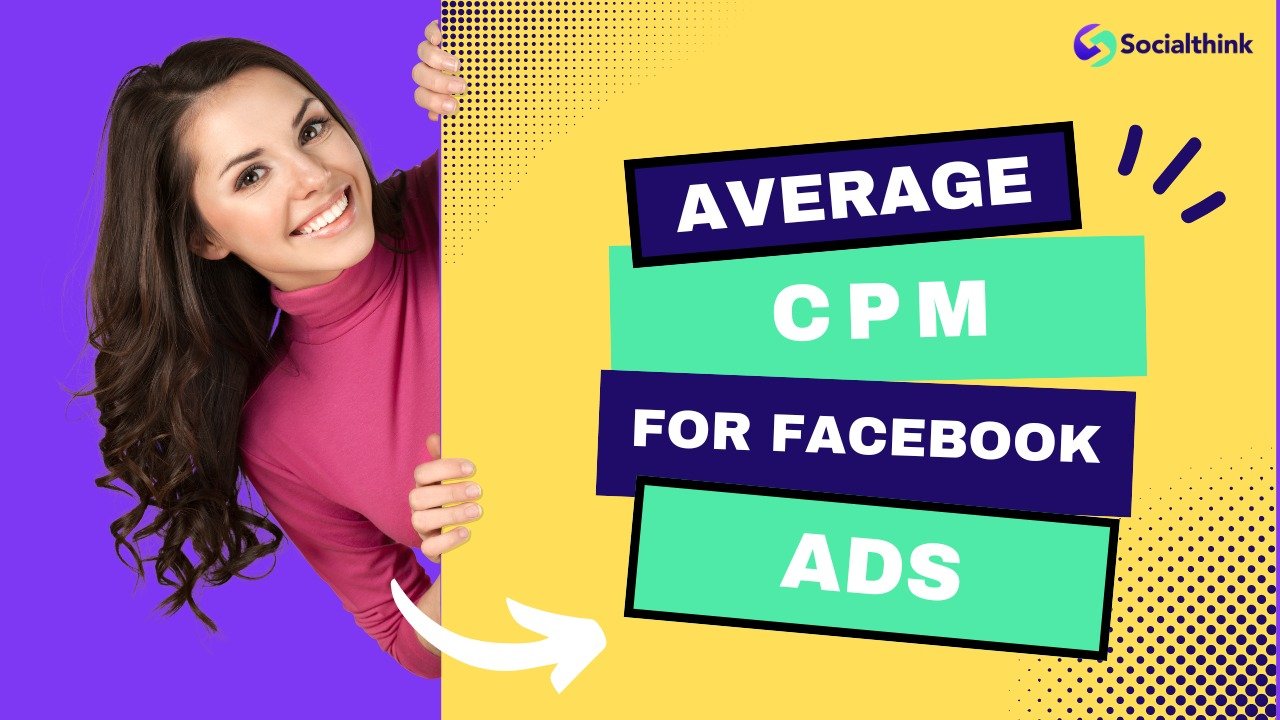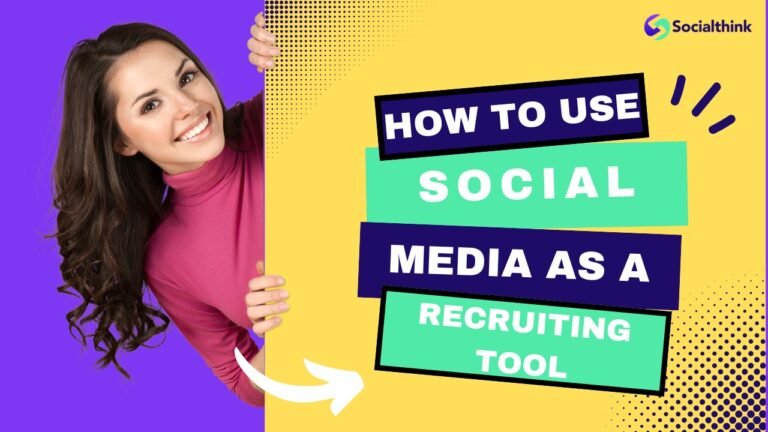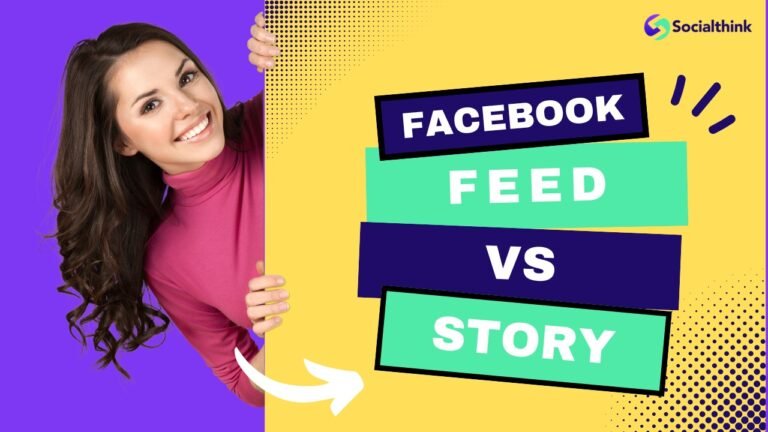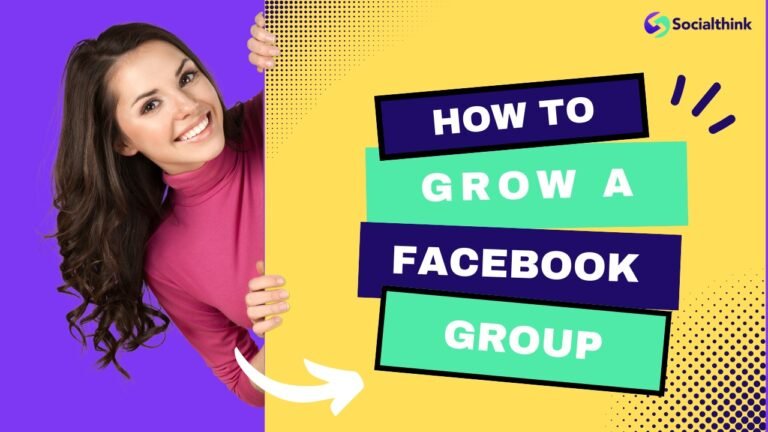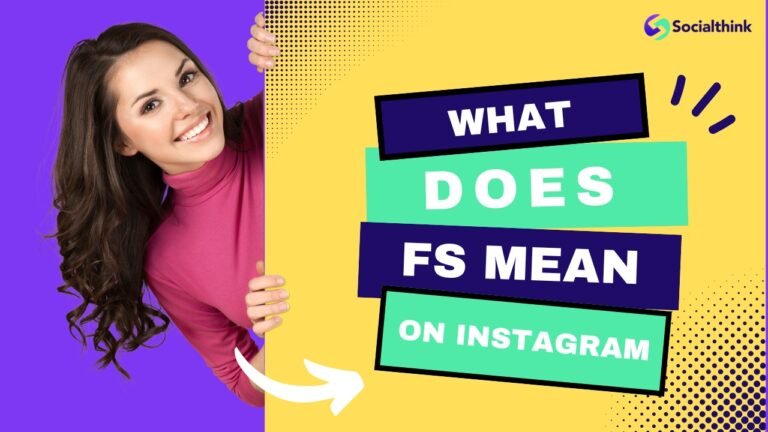Average CPM For Facebook Ads: Calculation, Benchmarks, Strategies
In the fast-paced world of social media advertising, understanding and optimizing your Facebook Ads CPM is important for achieving the best possible results.
As a leading provider of social media strategy and analytics, Social Think is here to guide you through the intricacies of Facebook Ads CPM, helping you make informed decisions and drive business growth.
What is a Facebook CPM?
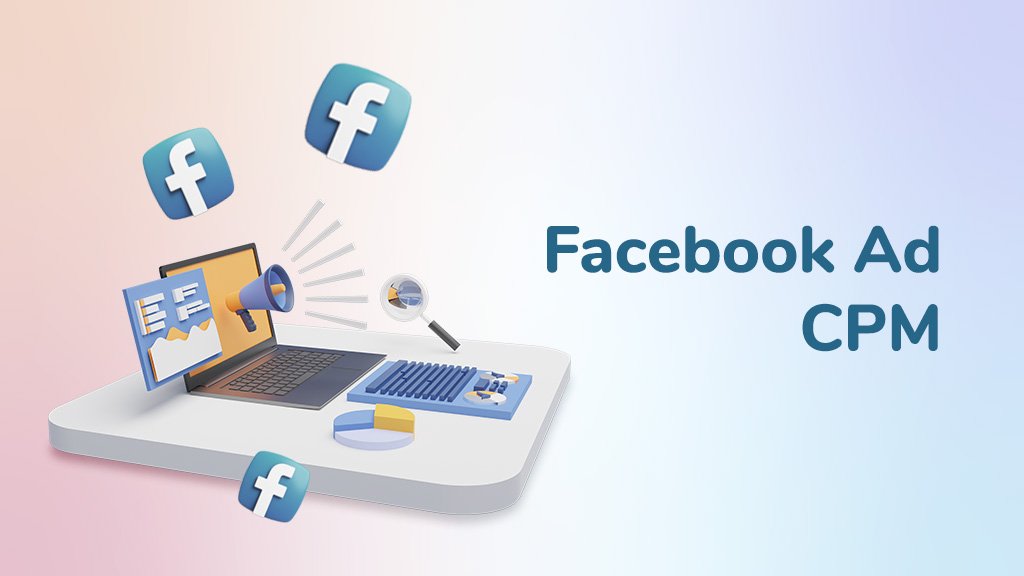
Facebook CPM, or Cost Per Mille, refers to the average cost of 1,000 ad impressions on the platform. It’s a key metric that advertisers use to gauge the cost-effectiveness of their Facebook ad campaigns.
Why is CPM So Important?
Monitoring your Facebook Ads CPM is essential because it directly impacts your ad spend and overall campaign performance. A lower CPM means your ad budget stretches further, allowing you to reach more people and potentially do more lead generation and get better conversion rates.
How to Find Your Ads CPM in Facebook Ads Manager?
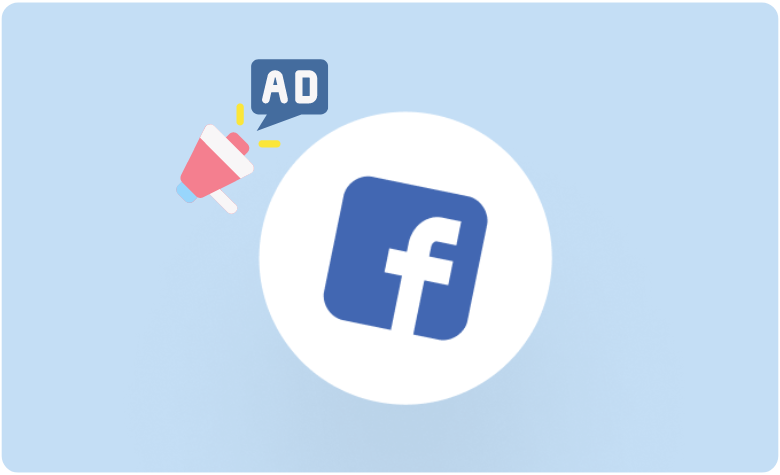
To view your Facebook Ads CPM, head to the Ads Manager and select the “Columns” drop-down menu. Choose “Performance and Clicks” or customize your columns to include the CPM metric.
How to Calculate CPM For Facebook Ads?
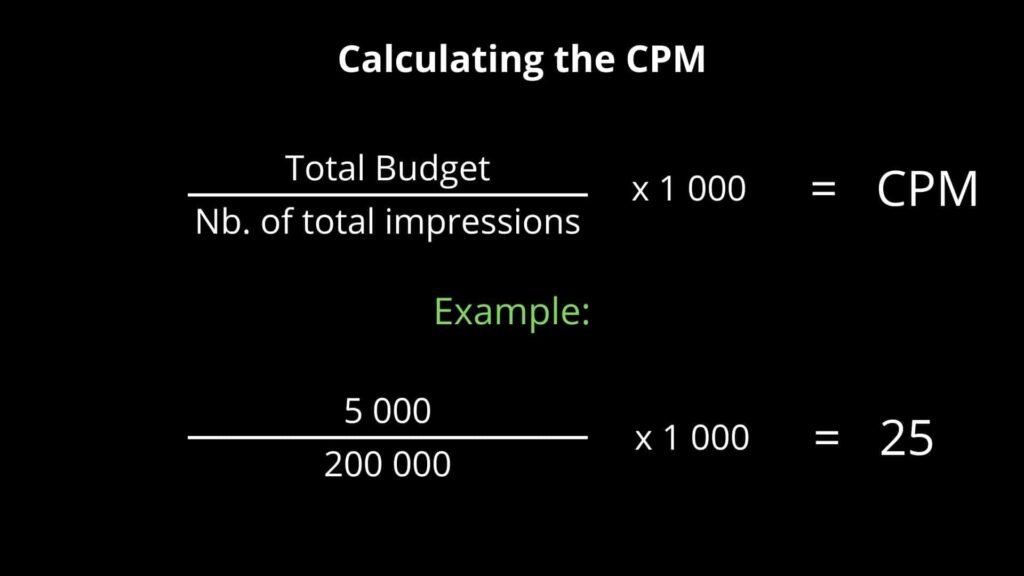
Calculating CPM for your Facebook Advertising costs helps you see how much you pay for every 1,000 impressions. This number is useful for checking how good your bidding strategy is and for making your ad spend work better.
The formula is easy:
CPM = (Total Amount Spent on Ad Campaign / Total Number of Impressions) x 1000
You can find your CPM by entering the total ad spend and the number of impressions from your Facebook Ads Manager. This important number can help you know if you are reaching enough people for your budget. It can also show you if you need to change your targeting or bidding method for better results.
For example, if you spent $50 and received 10,000 impressions, your CPM would be $5.
Facebook Ads Cost-Per-Thousand Views (CPM)

Understanding the average Facebook Ads CPM across different contexts can help you benchmark your ad performance and make informed budgeting decisions.
Facebook Ads CPM Over Time
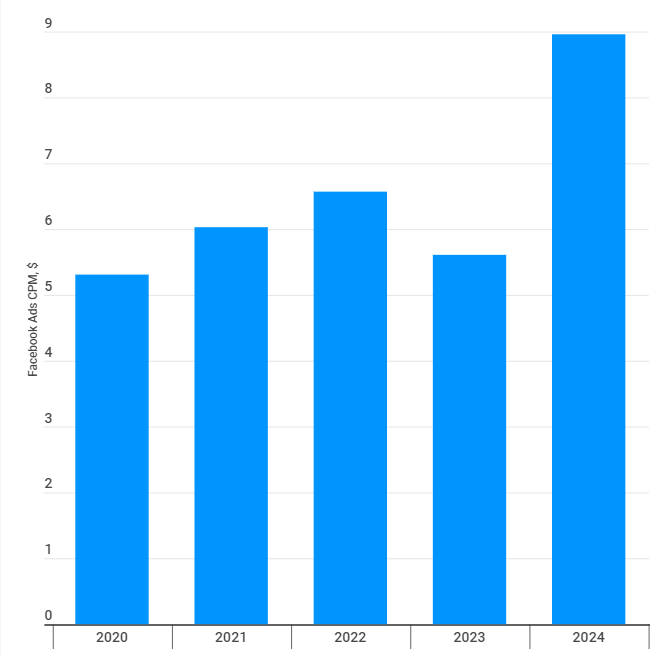
Over the past five years, Facebook Ads CPM has fluctuated between $5 and $9, with an average of around $7. In 2020, the average CPM dropped to $5.31 due to the COVID-19 pandemic’s impact on ad spend.
Facebook Ads Average CPM By Country
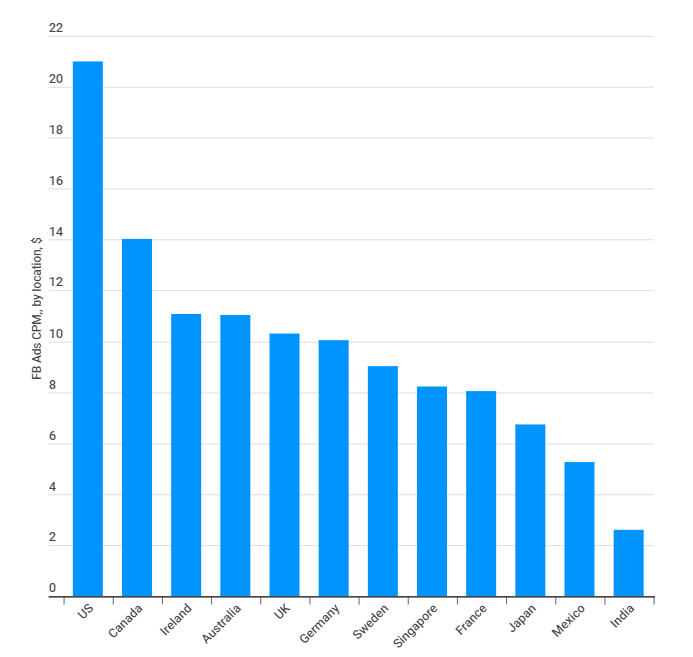
Facebook Ads CPM varies significantly by country, with the United States having the highest average at $21 per 1,000 impressions.
Other countries like Canada ($14.03), Ireland ($11.08), and the United Kingdom ($10.31) also have relatively high CPMs, while countries like India have a much lower average of $2.60.
Facebook CPM By Industry
Here are some average Facebook CPMs based on different industries:
| Industry | Average Facebook CPM |
| Apparel | $5 – $15 |
| Consumer Goods | $4 – $12 |
| Education | $7 – $18 |
| Entertainment | $3 – $10 |
| Financial Services | $10 – $25 |
| Healthcare | $8 – $20 |
Facebook Ads CPM varies by industry, with averages ranging from $5 to $18. The “Health and Beauty” niche has the highest average CPM at $20, while most other industries fall between $5 and $12.
Facebook CPM For Gaming Apps
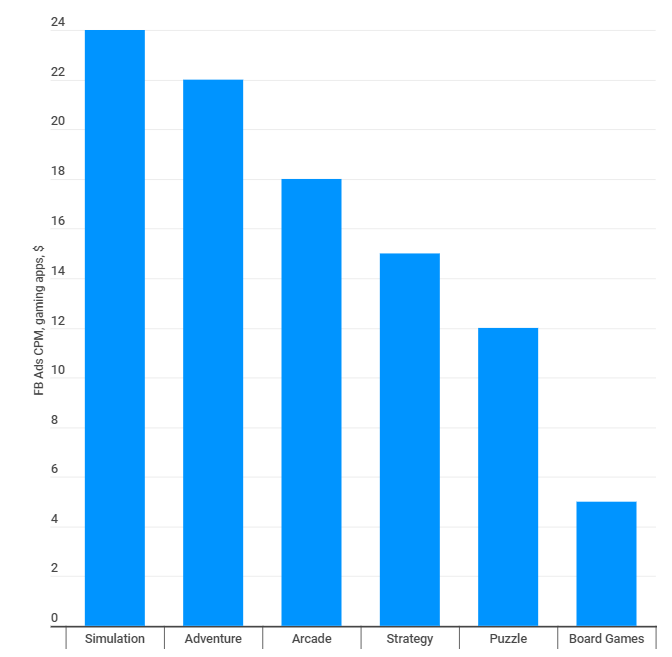
Facebook CPM For Non-Gaming Apps
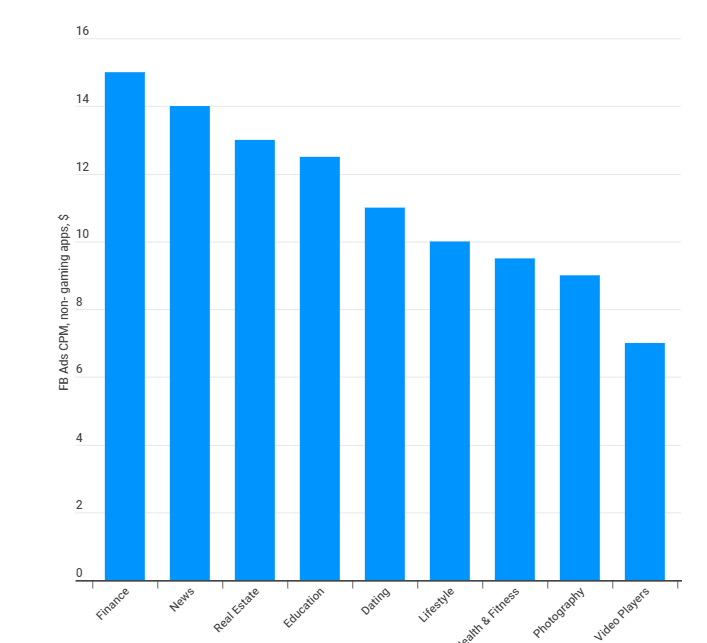
Are You Paying a High CPM on Facebook Ads?
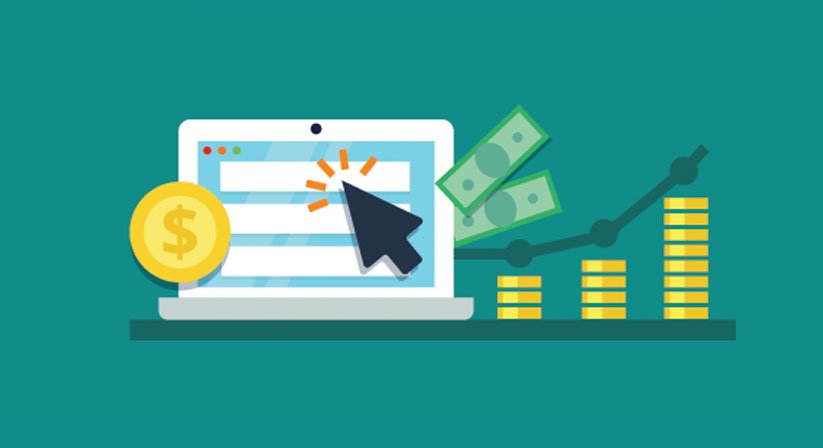
A high CPM can be a warning sign. It may show that your ad spend is not effectively reaching your target audience. Industry benchmarks can help you get started, but many factors related to your campaign can affect your CPM.
If you keep noticing a high CPM, you should check your ad performance. Look for any problems. Factors like bad targeting, ads that are not relevant, or even the time of year can raise your CPM. This can also hurt your overall marketing budget.
Factors That Determine a High CPM
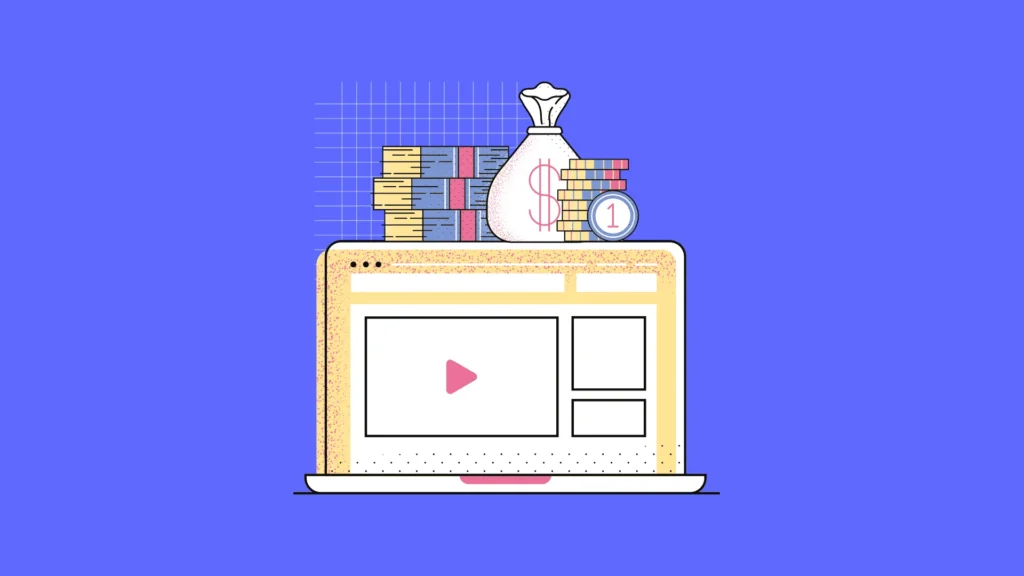
Several factors can lead to a high Facebook Ads CPM:
- Your Ad Isn’t Relevant: Ad relevance is an important factor in determining your CPM. If your ad isn’t resonating with your target audience, Facebook’s algorithm may charge you more to display it.
- You’ve Chosen the Wrong Audience: Targeting the wrong audience can lead to poor ad performance and a higher CPM. Ensure your audience targeting aligns with your ad content and campaign objectives.
- Your Timing is Off: Ad costs can fluctuate based on seasonality and competition. Running ads during peak seasons like Black Friday can result in higher CPMs due to increased advertiser competition.
- Your Ad is Too Boring: Dull or unengaging ad creatives can fail to capture your audience’s attention leading to poor ad qualtiy, leading to a higher CPM and ultimately higher cost of your facebook ads. Focus on creating thumb-stopping visuals and compelling ad copy.
- You Have Bad Images: Low-quality or irrelevant images can negatively impact your ad performance and increase your CPM. Use high-quality, eye-catching visuals that align with your brand and message.
- You’re Not Doing Any Split Testing: A/B testing is essential for optimizing your Facebook Ads CPM. By testing different ad elements, you can identify top-performing variations and allocate your budget accordingly.
What is a Good Facebook CPM?
A “Good” Facebook CPM falls below your industry benchmark while still delivering the desired results. Aim for a CPM that allows you to reach your target audience effectively and achieve your campaign objectives within your budget.
What is a Bad Facebook CPM?
A “bad” Facebook CPM is significantly higher than your industry average and results in poor ad performance. High CPMs can quickly deplete your ad budget without generating the desired leads, conversions, or brand awareness.
How to Track Your Facebook CPM?

To track your Facebook Ads CPM, regularly monitor your ad performance in the Ads Manager. Keep an eye on your CPM trends over time and compare them to your industry benchmarks to ensure you’re maintaining a cost-effective ad strategy.
How Do I Improve My Facebook CPM?
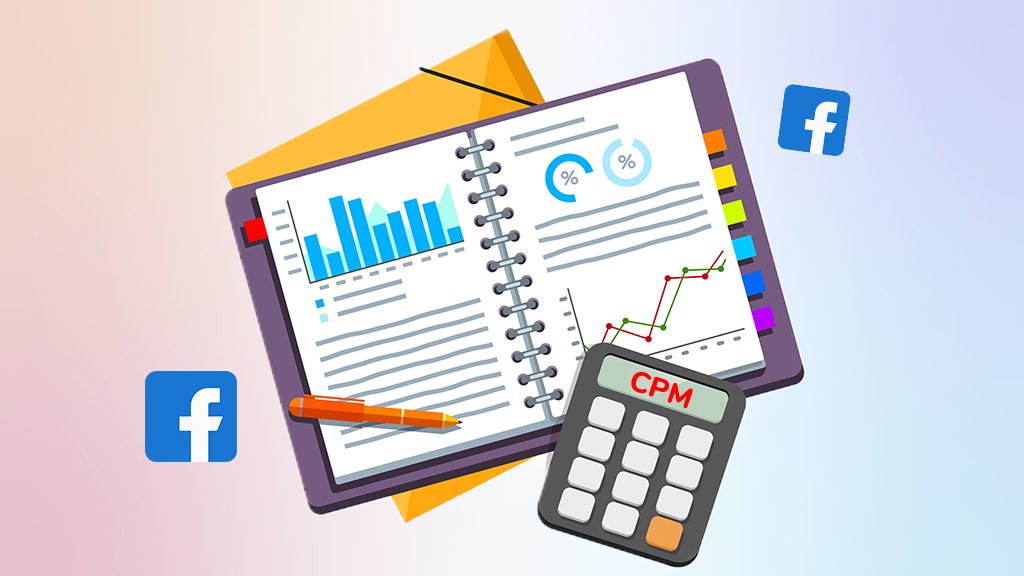
There are several strategies you can employ to optimize your Facebook Ads CPM:
- Refine Your Target Audience: Narrow down your audience targeting to reach the most relevant users for your ad content and campaign goals. Use Facebook’s detailed targeting options to create highly specific audience segments.
- Make Your Ad More Relevant: Create ad content that resonates with your target audience and aligns with your campaign objectives. Use compelling visuals, engaging copy, and clear calls-to-action to boost ad relevance.
- Test Your Ads: Implement A/B testing to identify the best-performing ad elements, such as images, copy, and placement. Continuously refine your ads based on test results to improve relevance and lower CPM.
- Consider a Different Ad Format: Experiment with various Facebook ad formats, such as carousel ads, video ads, or instant experiences, to find the one that resonates best with your audience and delivers the lowest CPM.
- Refine Your Ad Copy: Optimize your ad copy for clarity, persuasion, and alignment with your campaign goals. Use strong headlines, benefit-focused descriptions, and clear calls to action to improve ad performance.
- Work On Your Frequency: Monitor your ad frequency to avoid overexposing your audience and causing ad fatigue. Implement frequency caps or refresh your ad creatives regularly to maintain engagement and keep CPMs low.
Why is My Facebook CPM So High?
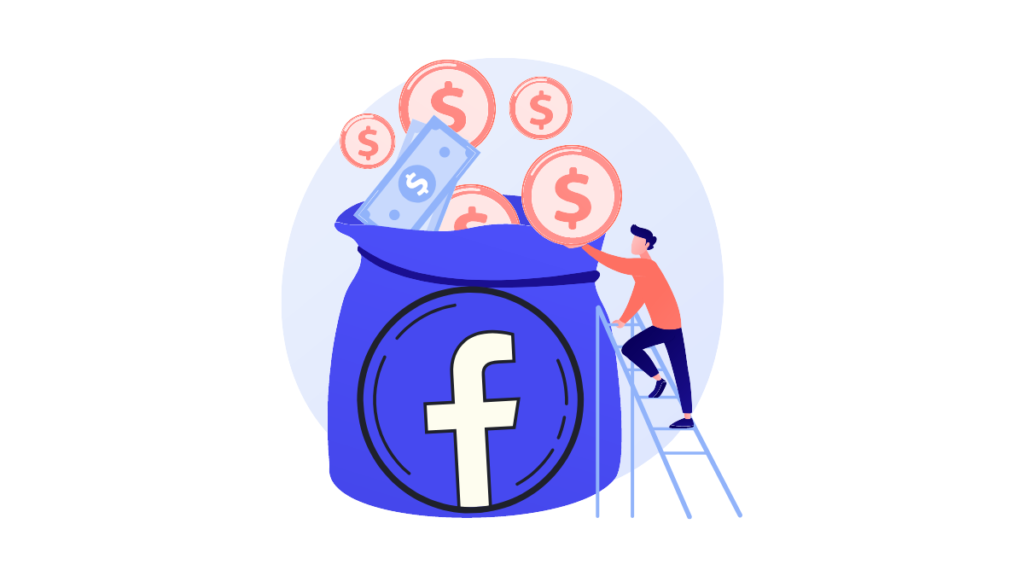
If you’re experiencing a high Facebook Ads CPM, it could be due to various factors such as poor ad relevance, incorrect audience targeting, intense competition, low-quality ad creatives, or lack of A/B testing.
How to Lower Your Facebook CPM?
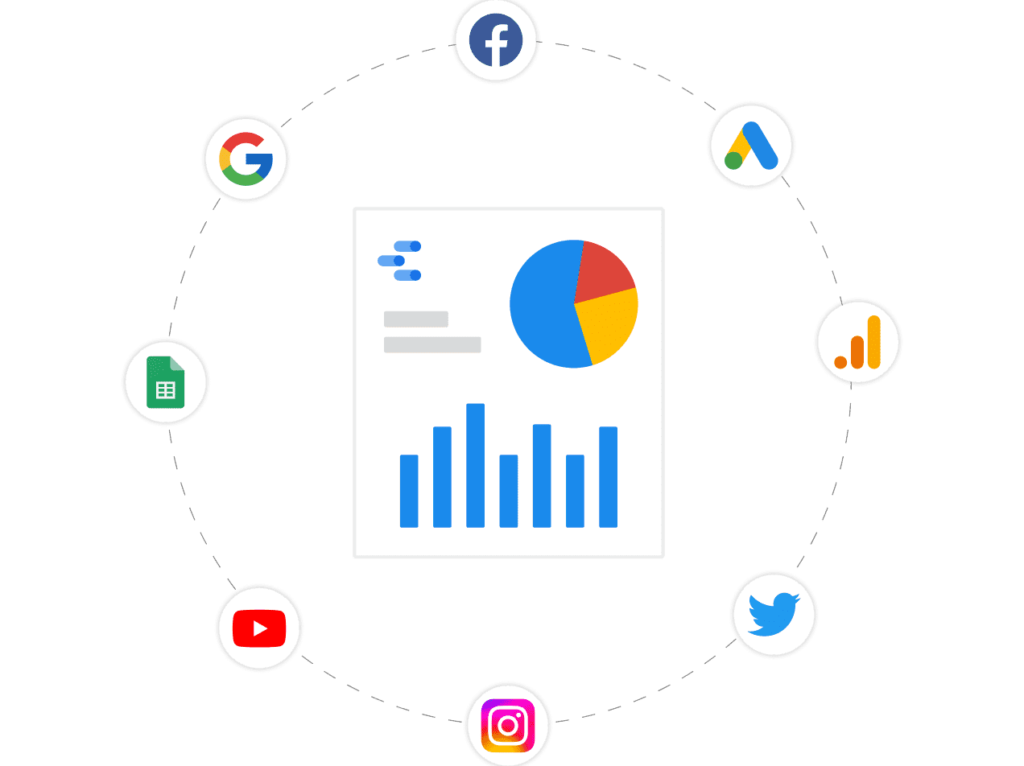
To reduce your Facebook Ads CPM and improve ad performance, consider the following strategies:
- Improve Your Relevance Score: Boost your ad relevance by creating content that resonates with your target audience and aligns with your campaign objectives. Higher relevance scores can lead to lower CPMs.
- Adjust Your Audience Targeting: Refine your audience targeting to reach the most relevant users for your ad content. Use Facebook’s detailed targeting options to create highly specific audience segments.
- Retarget Your Website Visitors: Implement retargeting campaigns to reach users who have already shown interest in your brand. Retargeting warm leads can be more cost-effective and result in lower CPMs.
- Monitor Your Frequency: Keep an eye on your ad frequency to prevent overexposure and ad fatigue. Set frequency caps or refresh your ad creatives regularly to maintain engagement and minimize CPM increases.
- Use Thumb-Stopping Creatives: Invest in high-quality, eye-catching visuals that grab your audience’s attention and encourage engagement. Compelling ad creatives can improve ad relevance and lower CPMs.
- Add in Some Social Proof: Include social proof elements, such as customer testimonials or user-generated content, to build trust and credibility with your audience. Social proof can enhance ad performance and reduce CPMs.
- Include a Call to Action: Use clear, compelling calls-to-action in your ad copy to guide users toward your desired action. Strong CTAs can improve ad relevance and lower CPMs.
- A/B Testing is Your Friend: Regularly conduct A/B tests to identify the best-performing ad elements and optimize your campaigns accordingly. Continuous testing and refinement can help you achieve lower CPMs and better overall results.
Facebook CPM Best Practices

To maintain a cost-effective Facebook Ads CPM strategy, consider these best practices:
- Avoid Ad Fatigue: Monitor your ad frequency and refresh your creatives regularly to prevent ad fatigue and maintain audience engagement.
- Focus on Retargeting: Implement retargeting campaigns to reach warm leads and improve ad relevance, potentially leading to lower CPMs.
- Conduct A/B Testing: Make A/B testing a regular part of your Facebook ad optimization process to identify top-performing elements and allocate your budget effectively.
FAQ’s:
What’s the Difference Between CPC and CPM?
CPC (Cost Per Click) is the amount you pay for each click on your ad, while CPM (Cost Per Mille) is the average cost per 1,000 ad impressions. CPC focuses on driving specific actions, while CPM is better suited for brand awareness campaigns.
How Does Audience Size Affect Facebook Ad CPM?
Targeting a larger audience can lead to a lower CPM, as your ad has more opportunities to be shown. However, a highly targeted audience, while smaller, may result in better ad relevance and overall performance.
Can Adjusting Ad Creative Significantly Impact CPM?
Yes, optimizing your ad creatives can have a substantial impact on your CPM. High-quality, relevant visuals and compelling copy can improve ad engagement and lower your CPM.
What’s the Best Time of Year to Achieve Lower CPM Rates?
CPM rates tend to be lower during off-peak seasons when there is less competition from other advertisers. Avoid running ads during high-competition times like Black Friday or the holiday season to secure lower CPMs.
How Frequently Should I Review and Adjust My CPM Strategies?
It’s super important to keep an eye on your Facebook Ads CPM on the regular, maybe once a week or so, to see how things are going and make any necessary tweaks. But hey, don’t go changing things up too drastically all the time – give the algorithm some time to do its thing and optimize your ads.
Conclusion
Mastering your Facebook Ads CPM is key to running cost-effective campaigns that drive results for your business.
Understanding the factors that influence CPM, implementing best practices, and continuously optimizing your ads can help you achieve lower costs and better overall performance.
At Social Think, we’re committed to helping businesses like yours navigate the complexities of social media advertising.
Our expert insights and data-driven strategies can help you take your Facebook ad campaigns to the next level. Get in touch with us today to learn more about how we can help you achieve your social media marketing goals.

